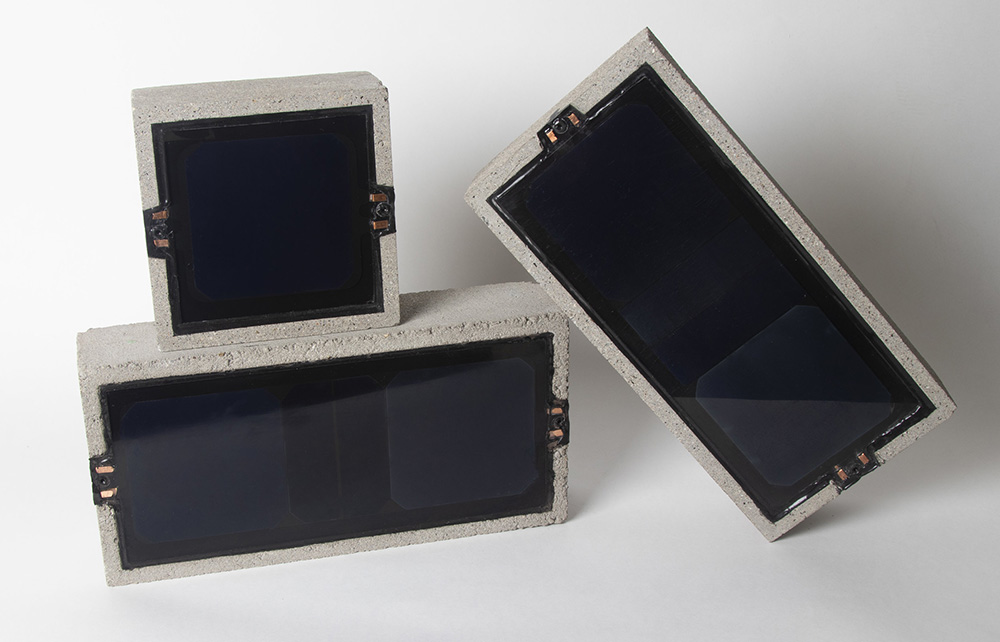News:
Green Buildings
Posted: December 27, 2013
LEED and Solar: Partners in Green
At your business networking events or planning and zoning board meetings, you may hear people talking about LEED buildings or LEED certification. Listen up: It's something you're going to hear more and more as companies look for new ways to reduce their costs and their carbon footprint. So what is LEED? And why is solar such an attractive option for helping buildings reach LEED certification?
The LEED (Leadership in Energy and Environmental Design) green building rating system was developed by the US Green Building Council (USGBC) in 2000. It was created to provide a standard for the construction industry to assess the environmental sustainability of building designs. LEED certification provides third-party verification that a building, home or community was designed and built using strategies to achieve high performance in several categories, including sustainable site development, water savings, energy efficiency, materials selection and indoor environmental quality. There are different LEED standards for different types of projects - existing buildings, new construction, schools, residential homes, neighborhoods, etc.
LEED is a point-based rating system based on a 110-point scale; you earn points for building attributes that are considered environmentally beneficial, and gain a performance rating of Certified, Silver, Gold or Platinum. Solar can play a big role in helping achieve the highest-possible ratings. Renewable energy sources like solar fall into the Energy & Atmosphere (EA) category, one of seven upon which LEED points are given. LEED EA points for a building or site are given based on a percentage of annual electricity cost that is covered by renewable energy: The higher the percentage, the higher your LEED rating.
One of the reasons solar is so attractive as the renewable energy source to help meet LEED standards is its relatively low cost compared to other renewable energy technologies. The cost of deploying solar has dropped dramatically over the past few years, while state and federal solar incentives - especially in Massachusetts - have remained strong. In most cases, deploying a renewable solar energy solution is actually cheaper than using electricity from the Grid, and that's before incentives even kick in!
Why should you pay attention to LEED? For starters, LEED-certified buildings cost less to operate, reducing energy and water bills by as much as 40%, according to the USGBC. LEED certification has been proven to increase property values, and LEED buildings have faster and higher lease rates and may qualify for a host of incentives like tax rebates and zoning allowances. Additionally, it's a great way to show the world - especially your customers and partners - your commitment to the environment, and solar remains one of the best and most cost-effective ways to maximize your rating. An experienced solar project developer can help get you started.
James Dumas is principal of Solect Energy Development LLC of Hopkinton, Mass. and is a monthly contributing author for the New England Real Estate Journal's Green Building section.
Tags:
Green Buildings
MORE FROM Green Buildings
Bridgeport implements energy efficiency plan with utility partners and regional business council
Bridgeport, CT The flurry of economic development and urban revitalization across the city has cultivated a renewed interest in updating municipal, residential and commercial properties to be more efficient and sustainable. Since 2018, city officials have partnered

Quick Hits







.png)